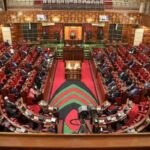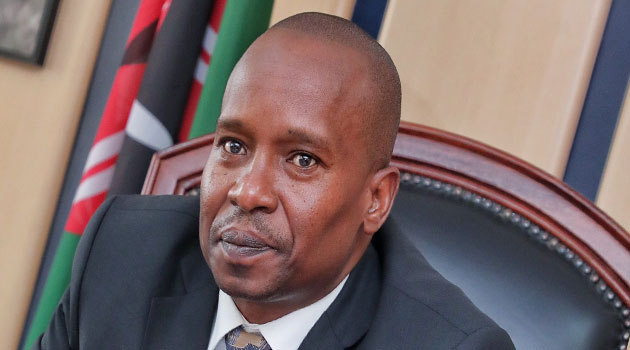Kenya Power has been inflating electricity bills, which has resulted in customers being overcharged by up to 20% for power they did not use. according to the Auditor General.
In a startling admission before a parliamentary committee, Auditor-General Nancy Gathungu said a forensic review of electricity generation, transmission, and distribution revealed that bills do not correspond to actual consumption and that extra fees levied by the utility on customers are not traceable in the billing system.
According to Ms. Gathungu, “nearly 20% of the bill to consumers cannot be matched to actual consumption, and the distribution company cannot attribute it to a specific consumer.” The inconsistency has not been adequately explained by Kenya Power or the Energy and Petroleum Regulatory Authority.
The audit discovered that the system losses were incorrectly calculated, which is blamed on the use of out-of-date study reports, incomplete simulations, and arithmetical errors.
Ms. Gathungu, who was represented by her deputy Stanley Mwangi, informed the National Assembly Committee on Energy, which was looking into the high cost of electricity in the nation, that cases of check meters being missing, having problems, or having discrepancies with the main meters had led to consumers receiving bills that did not match the readings on their meters.
Only 38 of the 96 generation plants that supplied Kenya Power with electricity had check meters, according to the auditor. The fact that all 38 meters were off-the-grid power plants is even more surprising. Additionally, Ms. Gathungu informed the lawmakers that Kenya Power lacked the tools necessary to verify the invoices submitted by the independent power producers (IPPs).
“There was a lack of primary access to the key indices which limited the ability of IPPs and KPLC to independently verify the authenticity of prices in the invoices where such indices were applied,” stated Ms. Gathungu.
“KPLC’s oversight role to ensure the submitted invoices were correct is limited due to the risk from not having access to these key indices,” The audit determined that Kenya Power’s system losses were the biggest contributor to consumer cost burden.
Ms. Gathungu emphasized that compared to what Epra and Kenya Power allow, there has been a high percentage of system losses over the last three fiscal years. The permitted efficiency loss for the 2019–2020 fiscal year was 19%, while Kenya Power actually had a 23.47% efficiency loss. The approved system loss for 2020–2021 was 19%, whereas the actual loss was 23.98%. The system loss in 2021/2022 was 22.44 % as opposed to the permitted efficiency loss of 19%.
The additional expense is passed on to consumers in the form of higher electricity bills for any loss that exceeds the permitted loss of 19%. “Despite the management’s claims that they have been making attempts to reduce power losses, there is no proof of any efforts or successes made in order to improve these recoveries. The cost of electricity is affected by charging for losses,” Ms. Gathungu told the MPs.
The shocking revelations by the Auditor-General, according to committee chairman Vincent Musyoka, corroborate Kenyans’ concerns about excessive power bills. The figures provided by the Auditor-General are alarming and reflect the worries that this committee and Kenyans have long held, according to Mr. Musyoka.
He emphasized that even though there are anticipated losses in the transmission of power, Kenya Power and the power provider should split them.
According to Kenya Power managing director Joseph Siror, losses in the transmission of power from the point of generation to the user are unavoidable.
“There is unquestionably a loss of power when electricity is transferred from one point to another. The losses increase as the line length increases, according to Dr. Siror. He informed the lawmakers that in order to cut losses, they are now collaborating with KenGen and Ketraco to create shorter lines.
According to Dr. Siror, Kenya Power’s significant losses were also a result of the illicit connections. According to him, there are about 188,000 consumers who have paid for meters but are unable to connect because there are no available meters; as a result, some turn to illicit connections.
“We had trouble getting meters, but once we have permission to get them, let them come to us. In order to address concerns about the high cost of power, Dr. Siror said, “We will provide them with our qualified contractors to connect them.” He added that they are taking immediate and long-term action.





























